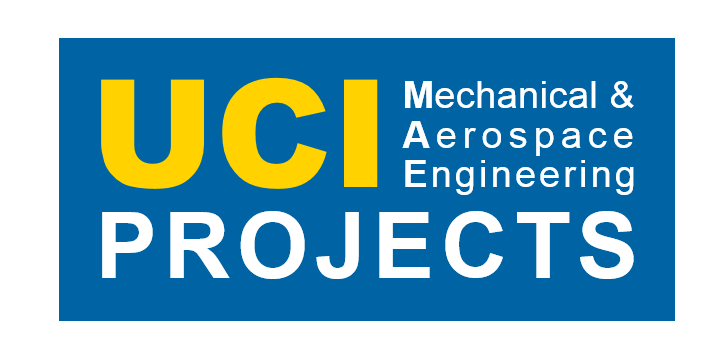Last week, the FSAE Electric Racecar team was able to finish the design of our telemetry hardware. While there still is some code to write, we will now have the ability to track the condition of the various components of the car. This is a major step forward as the data we gather using the telemetry system will allow us to optimize our car. The data will also be presented at competition during the design review to justify our design.
This week, Karl Quilos will explain how the rear suspension was designed and some of the factors the suspension team took into account when they were engineering the rear suspension.
The goal of every suspension system is to control the way the tires contact the ground. If the tires have poor contact with the ground (or worse, no contact at all), the driver loses their ability to control the vehicle. Meanwhile, a well-designed suspension allows the driver to take corners aggressively and push the vehicle to its limits. The goal of the suspension team this year was to take last year’s design and improve its packaging and performance.
Compared to last year’s rear suspension, the 2017-2018 FSAE Electric Racecar’s rear suspension gives more space for other components in the rear, while maintaining the same functionality. The suspension consists of several parts. The control arms connect the chassis to the tires and control the angle of the tires as the tires travel up and down. The damper and spring assembly control the ride height and any vibrations. Lastly, the pushrod and rocker connect the spring and damper assembly to the control arms.
The length of the control arms were determined by the conditions we would face at the competition. During technical inspection, the car must endure a simulated 1.7 g turn without slipping. This determines the minimum trackwidth of our racecar and by extension, the lengths of our control arms.
The design of the damper/spring assembly was mostly decided by packaging issues. Initially, a small, directly connected damper/spring assembly was considered. However, this design was not possible due to interference from the half-shafts and control arms. Instead, a slightly larger pushrod and rocker assembly was chosen because it was simple, reliable, and would perform well. This still allowed us to place the spring and damper assembly so that it would be out of the way of any other components.
The pushrod and rocker assembly also allow us to optimize the wheel travel and the spring/damper travel. The length of the pushrod and the shape of the rockers can be adjusted to change how much the spring/damper travel compared relative to the wheel. The best length and shape was determined using calculations guided by Milliken’s Race Car Vehicle Dynamics, motion analysis on Solidworks, and linkage calculations on Excel.
With this year’s improved suspension, we will have a more competitive vehicle. The pushrod and rocker assembly adds additional room in the rear of the vehicle for the powertrain. Meanwhile the redesigned control arms create a vehicle that handles better.

